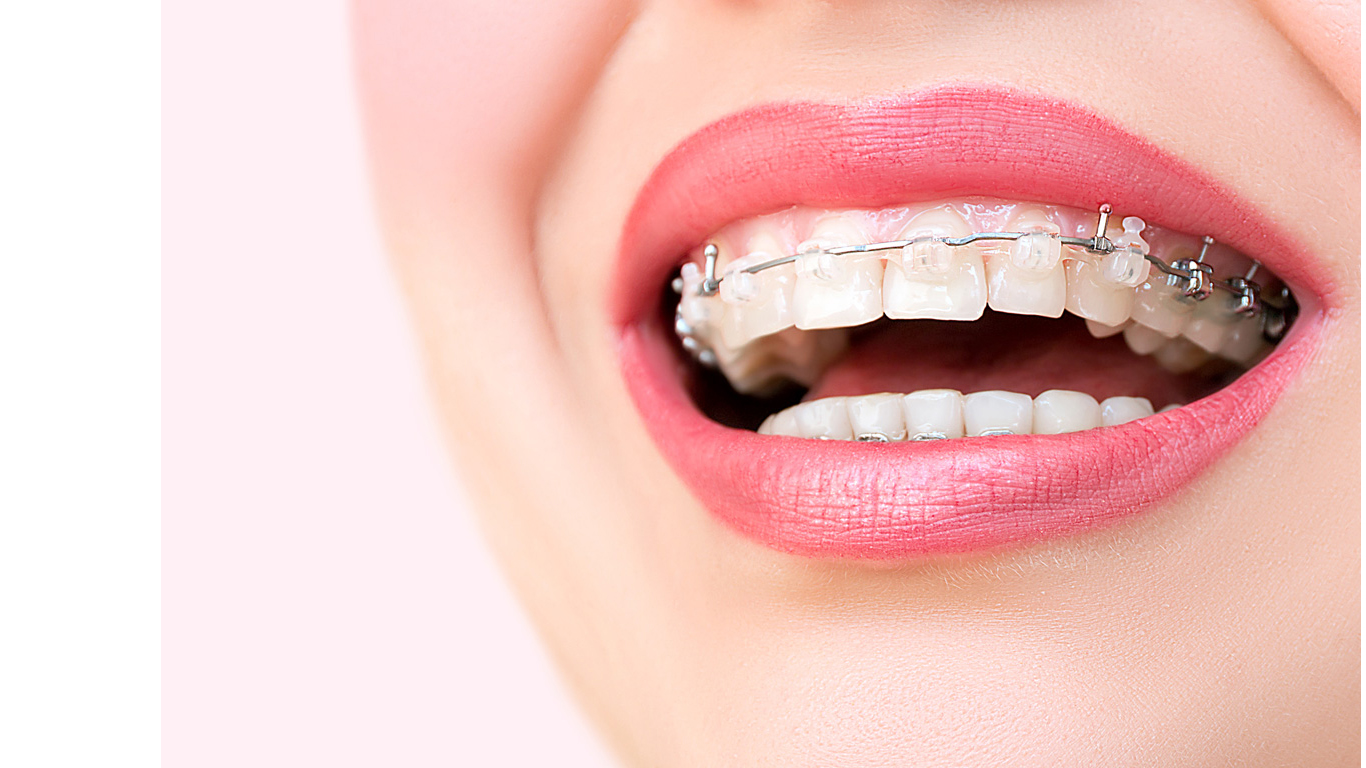Date of update: 2023-02-21 11:13:45
Orthodontics is a branch of dentistry that deals with the correction of crowding of the upper and lower jaws and teeth. Since it is more difficult to clean crooked and poorly positioned teeth, there is a risk of periodontal (gum) diseases and early loss of teeth due to tooth decay. They can also cause more pressure on the jaw muscles, leading to temporomandibular joint disorders and thus headaches, back and shoulder pain.
Crooked teeth also affect your appearance. With orthodontic treatment, you can have a healthier mouth, a more impressive appearance and teeth that will stay in your mouth longer.
Do I Need Orthodontic Treatment?
Only a dentist or orthodontist can determine your need for orthodontic treatment. After an examination that includes a comprehensive medical and dental history, oral and dental examinations, the creation of jaw models and a number of diagnostic methods such as special X-rays and photographs, it can be determined whether you need orthodontic treatment and the type of treatment to be performed. You may need orthodontic treatment if you have the following:
- Overbite, the upper front teeth are positioned too far in front of the lower front teeth.
- Underbite, the lower front teeth are positioned further forward than the upper front teeth or the upper teeth are positioned further back than the lower teeth.
- Crossbite (crossbite) the upper and lower front teeth overlap.
- Openbite (open bite) the midline of your upper front teeth does not coincide with the midline of your lower front teeth.
- Gaps are gaps between teeth due to tooth extraction or naturally occurring gaps between teeth.
- Crowding is when there is not enough space in the jaws for the alignment of the teeth.

How is Orthodontic Treatment Performed?
Treatment to move the teeth, affect the muscles or the growth of the jaws can be fixed or removable. These treatments are performed by applying very light forces to the teeth or jaws. The type of treatment is determined by the severity of your problem.
Fixed treatments consist of the following:
- Bracket fitting: Braces are the most common method and are made using wires, brackets and elastics. The brackets are glued onto the teeth and the wires are passed through the brackets and force is applied to the teeth. In this way, the teeth are gradually moved so that they are properly positioned. The treatment can last for a few months or a few years, and adjustments are made every month to ensure that the teeth are as straight as desired. The brackets used today are lighter and contain less metal. They are available in various recesses to motivate children and in clear for adults.
- Special fixed appliances: These appliances, which are made to cure the habit of thumb sucking, are attached to the teeth with bands. Since they are not very comfortable during feeding, they are recommended as a last option.
- Fixed Placeholders: In cases where deciduous teeth are lost early, a placeholder is used to prevent other teeth from slipping into the cavity until the permanent tooth erupts. Removable appliances are as follows.
- Aligners (bracketless treatment): As an alternative to fixed treatment with brackets for adults, it is preferred by many orthodontists because it does not require brackets and wires to align the teeth. Aligners are usually transparent and are removed for eating, brushing and flossing.
- Removable Retainers: They serve the same function as fixed retainers. They consist of an acrylic base that fits over the jaw and fills the space between certain teeth with plastic or wires.
- Appliances developed to reposition the jaw: These devices, called splints, are placed on the lower jaw or upper jaw and help the jaw to close in a better position. They are also used to correct (temporomandibular joint) disorders.
- Lip and cheek bumper: A device that pushes the teeth back and prevents the lip and cheek from getting between the teeth. The muscles of the lip and cheek can exert force on the teeth and the bumpers interrupt this force.
- Jaw expander: A device that allows the upper jaw to expand. It is made of a plastic material that fits the palate. Thanks to the force applied with screws, the bone under the palate moves and opens.
- Removable Retainers: A passive appliance used to keep the teeth in place and prevent them from returning to their original position after the end of treatment. With a little modification, it can also be used to stop the habit of thumb sucking.
- Headgear: A device that is placed on the back of the head and connected to the front of the head with a metal wire. The headgear slows the development of the upper jaw and allows the front teeth to move backwards while keeping the back teeth in place.
